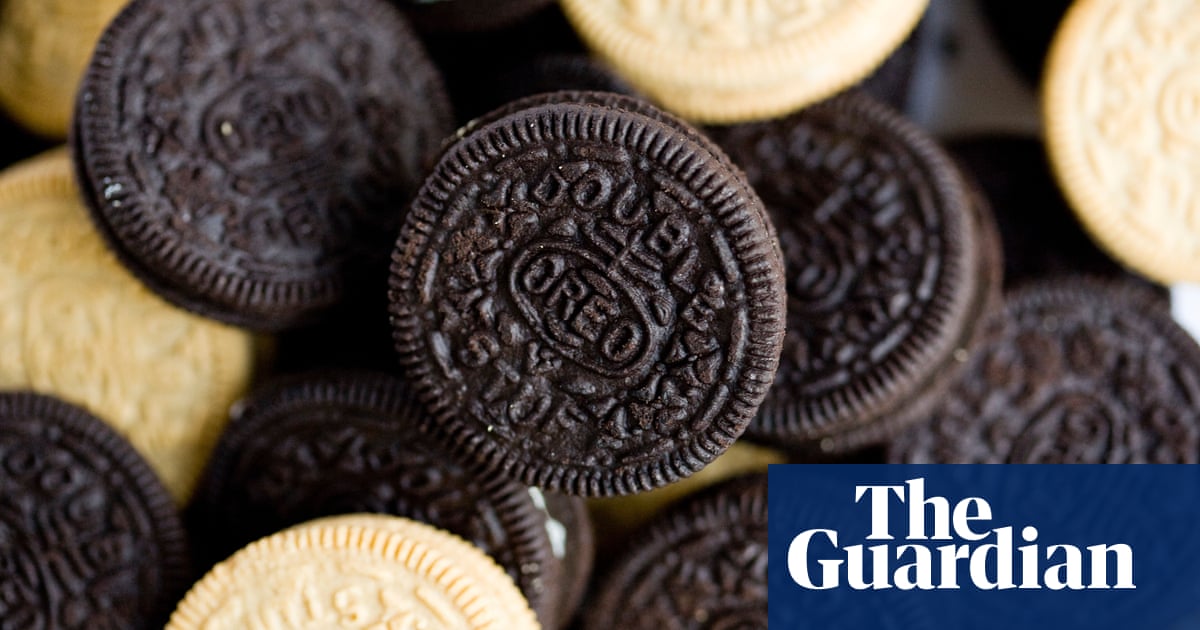
The climate crisis has been previously identified as a threat to coffee and beer, and its impact could now be stretching to another of life’s joys: dessert.
The global cost of sugar has surged to its highest level since 2011 following concerns of underproduction rates from India, which has experienced an extreme dry spell that has threatened crops, and Thailand, which is facing a severe drought. The two countries are the largest exporters of sugar, after Brazil.
Rising global temperatures – 2023 is expected to be widely confirmed as the hottest year ever recorded – are fueling droughts and other extreme weather that affect food yields, including that of sugar. The price hike has already started to filter down to chocolate, sweets and other desserts.
US consumers saw prices for sugar and sweets rise by 8.9% in 2023 and a 5.6% increase is expected this year, according to the US Department of Agriculture, which is well above historical averages. In November, Mondelēz, a sprawling business that includes Cadbury, Oreos and Toblerone among its brands, warned of price increases for its products.
There will have to be a “straightforward price increase” for consumers due to the high cost of sugar and cocoa, Dirk Van de Put, the chief executive of Mondelēz, told Bloomberg.
Large corporations have a range of motivations for price increases, cautioned Gernot Wagner, a climate economist at the Columbia University business school, but the underlying threat posed by climate change cannot be denied.
“Extreme weather is affecting food – a year ago it was avocados, now it’s sugar,” Wagner said. “Climate-flation is a thing and it’s getting worse. It’s convenient for the owner of Oreos to point to climate change for a price increase but it’s also understandable.”
The issues in the production of sugar have been compounded by the threat of export limits from sugar-producing countries, to maintain their own stocks of the commodity, and port bottlenecks in Brazil, which have tied up exports.
The price and import of sugar to the US are affected by various regulations, meaning that the consequences of high sugar prices will be less than in some other countries. The impacts will be most severely felt by developing countries and subsistence farmers, according to Joseph Glauber, a senior research fellow at the International Food Policy Research Institute.
“There’s no question sugar prices are very, very high and will remain high until we see El Niño abate,” Glauber said, in reference to the periodic climatic event that is set to further accelerate global temperatures this year.
“The issue will be affordability. In the US and other high-income countries, there will be an increased cost of food that will be felt by households, particularly poorer households, but it’s a different story for countries where 40% of expenditures are on food, which will be dramatically affected.
“There is a concern about the impact of climate change in the long run with the movement of cropping areas and higher volatility in the price of things like rice and sugar.”
Studies have shown that global heating will seriously hamper the ability of countries like China to grow rice at current volumes, while researchers have found that global production of corn could slump 24% by 2030. Changes in temperature and rainfall patterns could, meanwhile, help some other crops like wheat thrive in places such as Russia and Canada, where it is currently too cold to grow.
Overall, worldwide food inflation could hit as much as 3% a year by the 2030s due to the climate crisis if major adaptive work is not undertaken, a working paper by the European Central Bank stated last year.
The current price shock under way with sugar is a reminder that previous assumptions about food production will have to be jettisoned, Wagner warned.
“Our food crops are basically optimized for how the weather has been for the last 10,000 years – a relatively stable climate that we are now leaving,” he said. “We are leaving this Goldilocks temperature band and that is going to put pressure on the availability and price of food.
“Some of the major food crops won’t decline linearly as temperatures increase – they will fall off a cliff due to extreme weather days. I’m less worried about a big food conglomerate making Oreos more expensive than I am consumers living on the margins and the poor subsistence farmers who will have their lives and livelihoods wiped out.”












